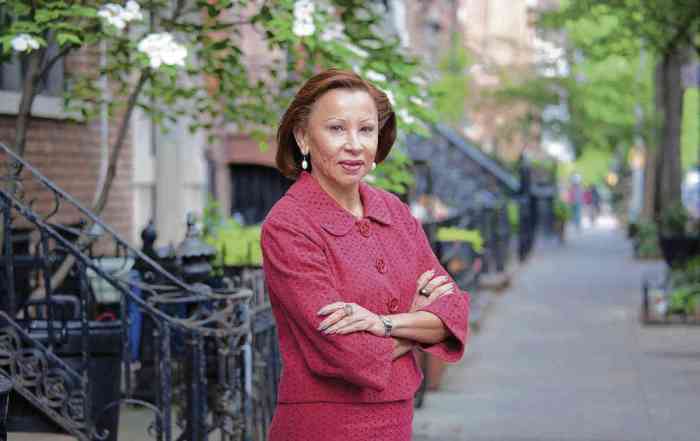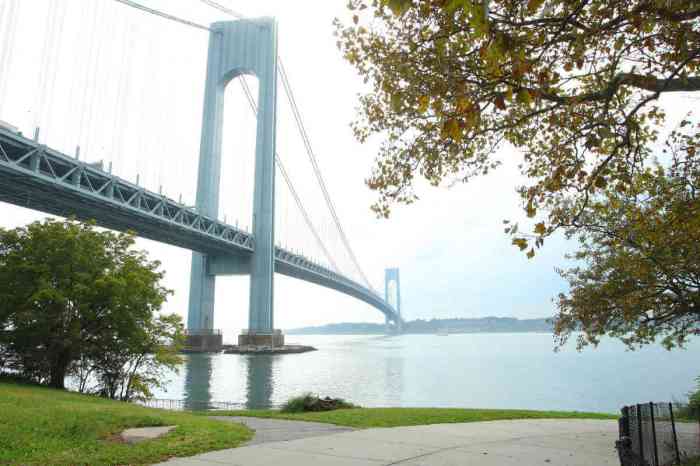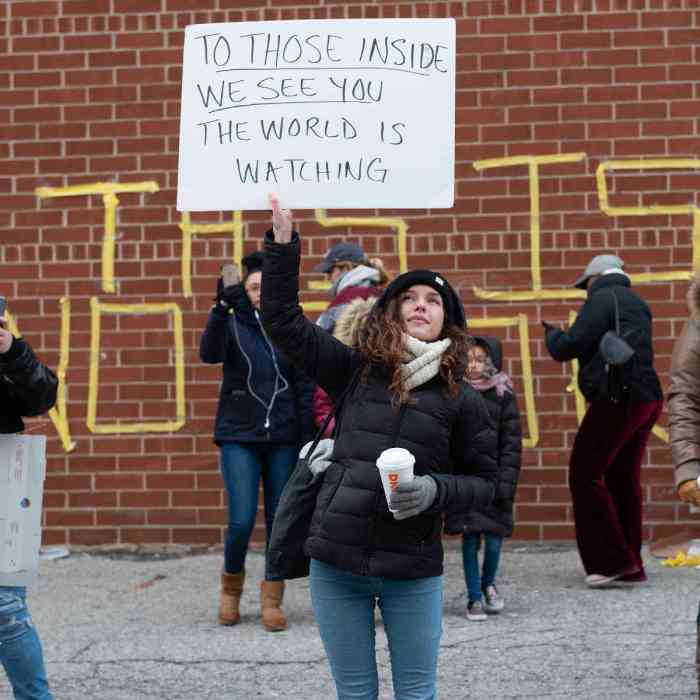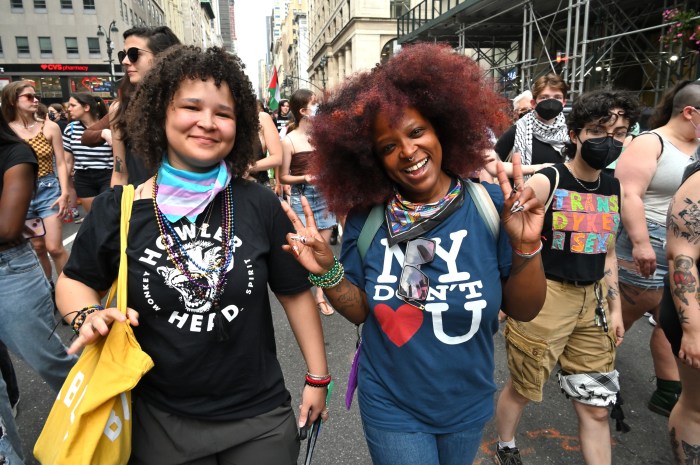With just 100 days until the deadline, nearly half of all Brooklynites have failed to respond to the 2020 census, leaving the borough at risk of losing representation in congress and missing out on much-needed federal funds.
“From potholes to education, to children’s health insurance, to SNAP, to Section 8 vouchers, to titles won for our public schools — all will be decided by the census count,” said northern Brooklyn Rep. Nydia Velazquez. “It’s not only about community empowerment, it’s about political representation, so if our communities are not counted, you’re not going to get people that look like me to represent a majority-minority district.”
Data from the United States Census Bureau shows that just 51.6 percent of all Kings County residents have responded to the survey — which is substantially lower than New York State’s total of 58.5 percent, and the national response rate of 62.9 percent.
Brooklyn also lags behind the other four boroughs in New York City, where Staten Island boasts the highest response rate at 59.4 percent, followed by the Bronx at 55.9 percent, then Manhattan at 56.3 percent, and Queens with 54.8 percent.
Kings County — especially central Brooklyn neighborhoods like Flatbush and Midwood — is one of the most historically undercounted regions in the city, with the borough woefully undercounted in the 2010 census, depriving it of badly needed federal funding.
Undercounting the number of Brooklyn residents would be devastating to the borough, which already faces a rough financial future amid massive budget shortfall caused by the coronavirus pandemic — which has left thousands of municipal jobs on the line, and the Metropolitan Transportation Authority’s finances in a tailspin.
In an effort to raise awareness about the need to answer the decennial questionnaire, elected officials and community members staged a march through Brooklyn on Sunday, where the organizers walked through Brownsville and Sunset Park, before converging at Grand Army Plaza for a round of speeches about the importance of being fully counted.
The deputy director of the city’s census effort pointed out that Brooklyn’s large immigrant communities may be distrustful of the federal government, and reluctant to open the door when they come knocking — making a full count difficult.
“So many of the communities here in Brooklyn, Black communities, brown communities, immigrant communities, have historically had a real reason to be afraid of the federal government,” said Amit S. Bagga.
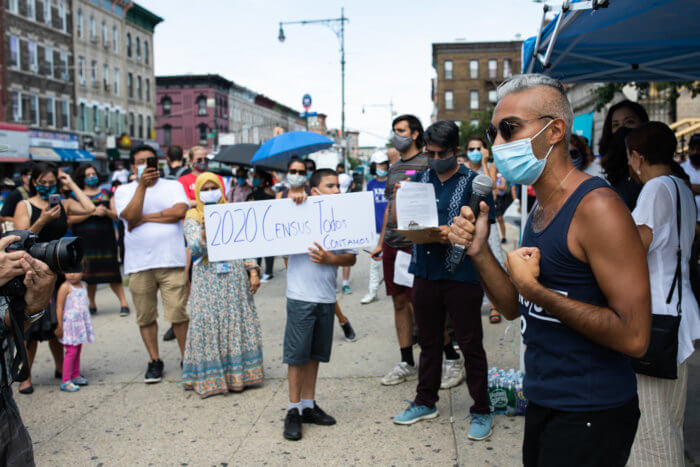
In order to bridge that gap, Bagga says the city is working to meet immigrant residents in their communities, despite the limitations on in-person census-taking posed by the pandemic.
“In the last couple of months one of the things we have been doing that has been really successful is really meeting New Yorkers where they are,” he said.
Bagga says city outreach teams have been stationed at food distribution sites in immigrant communities across the city, as the pandemic has resulted in lines for food stretching for blocks, and that over 2,000 families have signed up for the census at food distribution sites alone, adding up to tens of thousands of individual counts.
According to State Senator Zellnor Myrie, who represents the chronically undercounted communities of Crown Heights, Flatbush, and parts of Sunset Park and Brownsville, the city’s outreach teams are doing the best they can to bridge the trust gap with immigrant communities — but the state’s effort is lacking in creativity and resourcefulness.
“On the state level this needs to become the number one priority,” Myrie told Brooklyn Paper.
To reach skeptical communities, Myrie says the state needs to enlist the help of community groups with the count.
“We need to get creative, we need to spend every single dollar we can resourcing the community organizations that are trusted on the ground,” he said. “That’s the only way we’re going to do it, people are not going to open the door, that’s just the reality.”
Fill out the census online at my2020census.gov.










